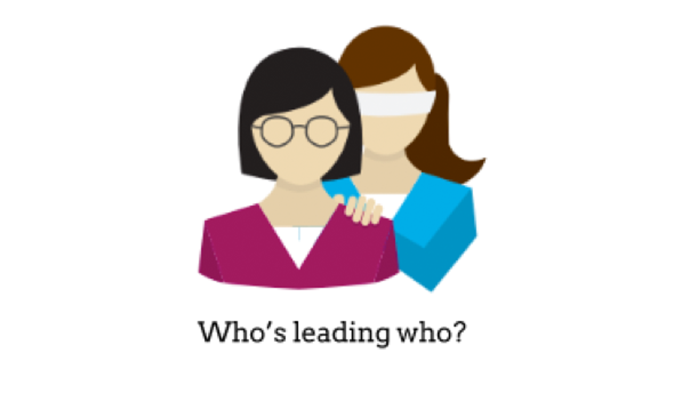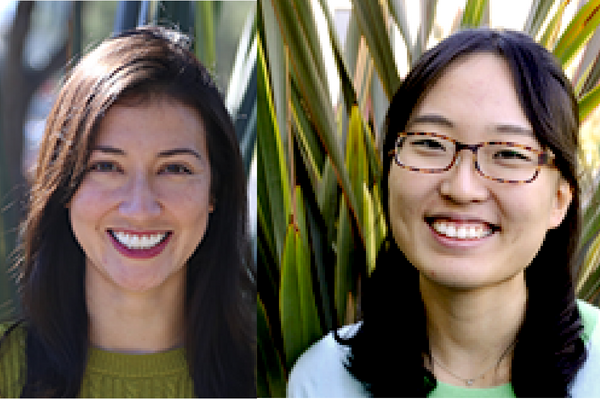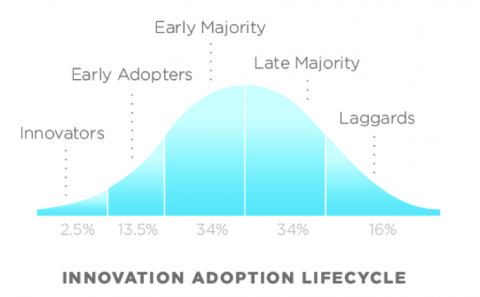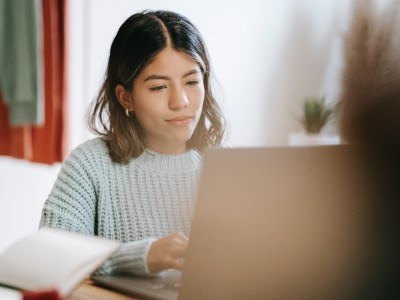Confessions of an EdTech Company: Learning to Learn
Topics

Educators often take advantage of educational technologies as they make the shifts in instruction, teacher roles, and learning experiences that next gen learning requires. Technology should not lead the design of learning, but when educators use it to personalize and enrich learning, it has the potential to accelerate mastery of critical content and skills by all students.
Old computers or new tablets are only as powerful as the teachers and students who choose to use them.
Ed + Tech ≠ EdTech
Ed + Tech = Learning
Heidi Haugen is a high school biology teacher. True to her subject, her classroom is alive in all corners. Tanks of salmon eggs, geckos, rodents, and Madagascar hissing cockroaches line the walls. And tucked away between the water filters and the Bunsen burners is a computer, older than the teenage students in the class.
Ms. Haugen doesn't need that clunky computer to be a great teacher, but it offers her students opportunities to discover information, like exploring an interactive simulation of the nervous system. She notes that "the Internet opens the class doors so they're not in four walls anymore." Technology development is accelerating, and the classroom clunker will be replaced with faster devices, loaded with high-tech apps.
For instance, IBM's futuristic video of the "classroom that learns you" paints an ideal future of technology fully attuned to individual student needs, yet Ms. Haugen's class and the majority of U.S. schools and classrooms are far from this dream. While that classroom may become a reality in five or ten years, the more pressing need now is to shift our focus in the edtech industry to collaborate and design with teachers and students and not for them.
One Size Fits One
Technology is personalizing many commercial industries—it’s why you get suggestions on Netflix about the latest rom-coms (hey, no judgment). However, edtech is not reaching its full potential in supporting educators, even though the dollars are pouring in—ed-tech companies raised $1.86 billion in 2014—in part because it's difficult to navigate the complexities of learning processes to deliver a personalized learning experience. It’s not a question of efficiency or developing the “best” lesson plan. One lesson does not fit every student's learning needs or teacher's objectives: our task as "ed-technologists" is to provide teachers and students with solutions to choose the best path for learning, not to pave a digital freeway for all.
Despite the complexities of learning, as ed-technologists we can have greater impact in the classroom by ensuring we aren't too busy innovating to listen to what teachers and learners truly need. Start-ups are rapidly developing devices/apps/platforms that millions of users can pick up and use quickly. But we must ask ourselves on a daily basis, how can we co-create solutions with teachers and students as collaborators rather than consumers?
Designing Technology for Teachers, with Teachers
Imagine the trust-building activity where one person guides another who's blindfolded through an obstacle course. If we apply this exercise to educators and ed-technologists, who is who? Here in Silicon Valley, we can mistake our future-charting products and behaviors as leading the "non-tech-savvy" education world out of the Industrial Age, when it should be the other way around. Designers and developers must trust and build upon on the words and wisdom of classroom educators.
There must be an attitude shift in edtech so the bottom line is student achievement, not more user registrations or deals closed. The people who know best how to personalize learning experiences for individual students are their teachers. And that means all teachers. Caught up in quick release cycles, we techies often design for early adopters and ignore the laggards and late adopters, thereby dismissing half the teacher population and their classroom expertise.
So I'll share our mantra with our fellow edtech companies: put on the blindfold, and trust. This idea isn't just about listening or asking for feedback. We believe that trust and complete collaboration are critical to creating tech solutions that will support individual student success. We are the technology experts, but we don't have the intuition or real-life classroom context to fully determine appropriate solutions. Rather than apply solutions for personalization that have worked in other industries, we must trust the judgment of teachers, administrators, and students to innovate technology that addresses the multifaceted aspects of learning.
Technology alone is not going to transform learning. The leaders of learning will: teachers guiding their classes, and students seeking and discovering their own pathways. Old computers or new tablets are only as powerful as the teachers and students who choose to use them. It's our collective responsibility to support innovation between technologists and educators to develop tools that address the individual interests and learning needs of Ms. Haugen's students—and students everywhere.





